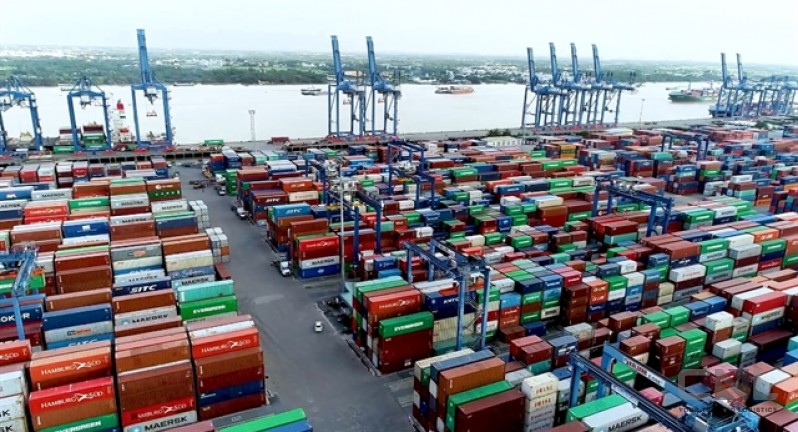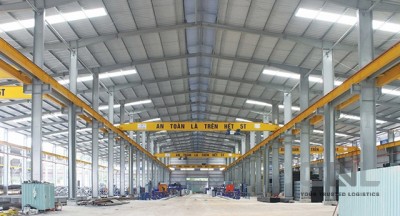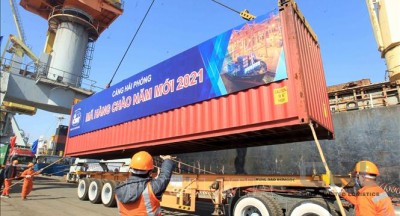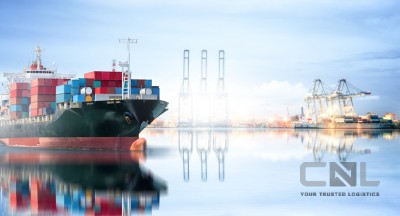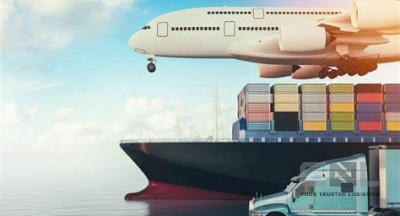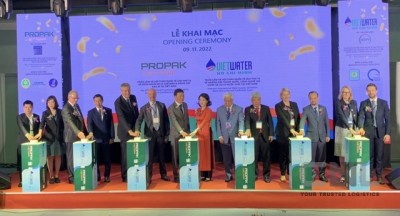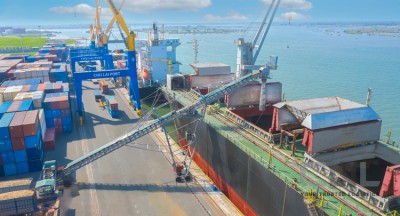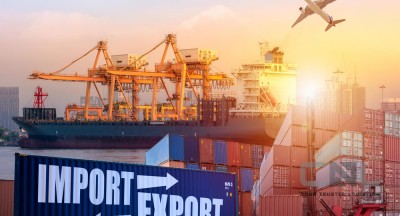Freighters have even started accepting small orders at low prices in the hope they may be able to pool them together to make a trip worthwhile.

Containers at a sea port in northern Việt Nam. — VNA/VNS Photo
HẢI PHÒNG — After skyrocketing to a historic level during the pandemic, sea transport prices have steadily gone down to almost pre-pandemic level with a large number of containers available as freighters making generous offers to exporters.Đặng Đình Long, CEO of Logistics Mega A, a logistics and warehouse solutions company in Việt Nam, said traditionally, this time of the year would be high-season for freighters and exporters alike with Vietnamese firms looking to deliver their goods to international markets.
"We must stay open for business. Even small orders now are a good thing as we can save on storage cost for all those empty containers lying at the ports," he said.
Long said a 40-feet container heading for China that could bring in US$7,000-8,000 just four months ago has now dropped to $1,600-1,700. The US was not much better, at just under $2,000 per container and slightly higher at $2,200 for US East Coast.
According to a report by the General Department of Vietnam Customs, Việt Nam's export in the month of September decreased significantly, bringing sea transport costs to a new low. Particularly, the shipping cost to the EU has dropped as low as $900, a 50 per cent decrease from the beginning of the year.
Nguyễn Đình Tùng, CEO of Vina T&T Group, said shipping cost has come down to near pre-pandemic level.
"This has been a reflection of the global economy heading for a recession. Consumers in international markets were increasingly made to choose more affordable, instead of luxury high-quality import goods," he said.
In addition, slow sales resulted in a high inventory level and fewer new orders from retailers, especially for high-end commodities. That's not to say everyone was affected equally, he said, exporters of basic commodities should be doing quite well as demand for their goods largely remained unchanged while shipping costs went down.
Phan Minh Thông, chairman of Phúc Sinh JSC., a Vietnamese food exporter company, said his company's shipping cost has gone down to the pre-pandemic level after shooting up almost tenfold during the pandemic.
"We have been spending around VNĐ4 billion on shipping per month. It [reduction in shipping cost] has been a tremendous help for the company compared to during the pandemic," he said.
Shipping, however, is only a factor in an exporter's input cost.
Nguyễn Quốc Anh, president of the HCM City Rubber and Plastic Association, said while shipping cost has gone down other logistics-related costs remained unchanged.
"For us, it makes little difference. A large part of our input cost comes from importing raw materials. As the US dollar continued to appreciate, our bottom line has benefited very little," said Anh.
Coupled with lower demand in both domestic and international markets, rubber and plastic producers have seen sales dropping from 20-40 per cent compared to the beginning of 2022.
Anh said the gloomy picture is likely here to stay, at least until the end of the second quarter of next year.
"The next 8-9 months will prove crucial for us. A significant drop in orders, increased pressure on cash flow and financial liabilities will put everyone to the test," he added.
Anh said for the time being, the top priority is to maintain production, even at minimum, to sustain the labour force and be ready for when the market recovers. — VNS
vietnamnews.vn
